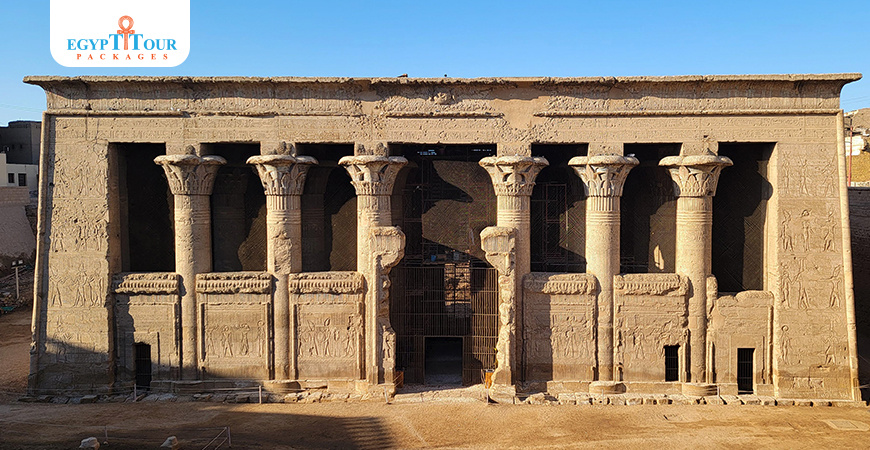
Esna Temple
Temple of Esna (also known as the Temple of Khnum) is a Ptolemaic temple dedicated to the ram-headed god Khnum.
Temple of Esna
Temple of Esna (also known as the Temple of Khnum) is a Ptolemaic temple dedicated to the ram-headed god Khnum. Esna Temple , also known as the Temple of Khnum, is a Ptolemaic temple dedicated to the ram-headed god Khnum, the creator of the world and humankind. It is located in the city of Esna, Egypt, on the west bank of the Nile River. The temple was built in the 2nd century BC and is one of the best-preserved temples in Egypt. The Temple of Esna is a masterpiece of Egyptian architecture. It is constructed from sandstone and is decorated with intricate carvings and reliefs. The temple's facade is particularly impressive, with its massive columns and elaborate carvings. texts mentions that it was built on the site of a temple that may have been constructed as early as the reign of Tuthmosis III. Some blocks of the earlier 18th Dynasty structure are preserved. The present structure dates to the Greek and Roman periods and is one of the latest temples to have been built by the ancient Egyptians.

The god Khnum
The ram-headed god Khnum was one of the most important deities in ancient Egypt. He was associated with the Nile River, fertility, and creation. Khnum was believed to have created humankind from clay on his potter's wheel. He was also thought to be responsible for the annual flooding of the Nile, which brought new life to the land. As for the gods, Manhet, his wife, she was represented by the head of a female lion, surmounted by a sun disk, and a female body, resembling the goddess Sekhmet.

Architectural elements of the Temple of Esna
The Khnum Temple of Esna (also known as the Temple of Khnum) is a Ptolemaic temple dedicated to the ram-headed god Khnum. Esna Temple consists of several main architectural elements. The facade consists of a large portal decorated with many inscriptions and images. The front courtyard is characterized by huge columns decorated with bas-reliefs. The Great Hall is distinguished by the presence of huge columns bearing a decorated ceiling. The Holy of Holies includes a statue of the god Khnum.

The Esna Temple Complex(Temple facade)
The facade of the temple is characterized by half or curtain walls in order to cover the temple and preserve the secrets of the rituals that were performed inside it. Its internal and external walls were divided into registers or four rows, with each register having a complete view in itself. The views of the temple in general represent the Ptolemaic kings in the western wall and the Roman emperors in pharaonic forms presenting themselves. Gifts, offerings and sacred flowers to the temple gods (Khnum - Manhat - Nepot) and other gods such as (Min - Sobek - Isis). The most important views of the facade of the temple are a view representing the process of purifying the emperor by the two gods Horus and Thoth with purification vessels and signs of life in front of the god Khnum, then a view of the north and south gods leading the emperor into the temple, and the northern side represents scenes of the emperor’s coronation.

Temple of Khnum (Hypostyle Hall)
The width of the colonnade of the hypostyle hall that still exists is 33 meters. The roof is supported by 24 columns over 13 meters high with capitals composed of floral motifs. The hypostyle hall of the Temple of Khnum at Esna, for example, is larger than that of the Temple of Edfu. The columns of the first row of columns, like those at Edfu, on either side of the central main entrance are connected by six walls between the columns of half height. Three of them have open doors. Bird screens were placed on top of the walls to protect the interior of the hypostyle hall. The Hypostyle Hall is characterized by wonderful and picturesque carvings that reflect the history of ancient Egypt. The columns contain very beautiful carvings.

Zodiac of Esna
A team of restorers from the Supreme Council of Antiquities succeeded in revealing for the first time a view of the Zodiac on the ceiling of the Hypostyle Hall from the southern side of the Temple of Esna, in addition to views of gods and animals appearing for the first time, during the work of a project to record, document, and restore the temple and show its original colors, which is being carried out by the Egyptian-German Archaeological Mission. Shared between the Egyptian Antiquities Registration Center and the University of Tübingen. The Zodiac means the integrated stars. They were not integrated except in the temples of Dendera in Qena and Esna. The view of the Zodiac that was revealed depicts the twelve astrological constellations from Aries to Pisces, in addition to the representation of the outer planets, which are Jupiter, Saturn, and Mars, which are a depiction of what are called arrows. The seven in addition to some stars or constellations that the ancient Egyptians used to measure time. The Temple of Esna represents the finest development of ancient Egyptian religious thought, stressing that the Egyptians wanted to preserve their heritage for fear of foreign invasion, so they wrote down many encrypted and mysterious inscriptions that only the Egyptians know.

Ceiling of the Great Hypostyle Hall of the Temple of Esna
In the Temple of Khnum at Esna, Upper Egypt, he discovered a series of brightly colored frescoes on the ceiling. The relief images in the central section of the ceiling make up a total of 46 depictions of the Upper Egyptian eagle goddess Nekhbet and the Lower Egyptian serpent goddess Wadjet. Both are depicted as eagles with spread wings. While Nekhbet bears the head of an eagle and the white crown of Upper Egypt, Wagit can be identified by the crown of Lower Egypt surmounted by a cobra.

Temple of Esna Facts
The interior scenes of the temple are mostly related to the religion and belief of that period and consist of religious works and texts about the creation of the world and the continuation of life, in addition to supplications, religious hymns, feasts of the god Khnum, astronomical views, scenes of the founding of the temple, and magical scenes representing the hunting and killing of evil spirits and the defeat of enemies. The temple included many scenes, but the most important of them is on the western facade of the hypostyle hall. At the top of it we find a main scene representing the god Khnum with the head of a ram and the body of a human in divine garb inside the disk of the sun, the lord of Esna. This scene means that the god Khnum is protected by the god Ra.

The creation myth at the Temple of Esna
Carved into the temple's sandstone walls is the ancient Egyptian belief that ram-headed Khnum created the world and crafted humans out of Nile mud on his potters' wheel. He shaped the individual features and languages of Egyptians and foreigners. Carvings tell that Khnum plants the seed of life in every mother's womb, depicted as a zigzagged oval perhaps to illustrate its life force. Simultaneously, Khnum also forms the 'ka', or spirit, of the child. Nine months later, he and Heket, the goddess of childbirth, help the mother at the child's birth as she sits on the birthing chair.

Sacred fish in Esna
In Luxor, specifically in the city of Esna, south of the governorate, archaeologists and researchers found mummified fish inside the temple, as the fish in that area were sacred to the Egyptians, as a symbol of resurrection and restoration of life. The fish was also considered a messenger of the flood, and an envoy from the god Hapi, and it was among the fish. It is forbidden to eat it. Esna was the first city to know (fesikh) in history, and the Egyptians knew how to eat dried fish (fesikh) as part of the rituals of their celebrations of the “Shammu” holiday, known today as Sham El-Nessim, and they used white shell fish in preparing (fesikh). The ancient Egyptians also offered dried fish as offerings to the gods inside the temples, until dried fish became a symbol of the city in the Ptolemaic era and its name became (Lathipolis). The Egyptians knew types of fish that they painted on the walls of their tombs, such as mullet, carp, and tilapia. The Egyptians also knew roe since the era of the Pyramids. A mummified fish was found in one of the workers’ cemeteries in Esna. The ancient Egyptians called this species “Aha” and they sanctified it in Esna, “Latopolis,” which in Greek means the city of fish. It is preserved in the The Mummification Museum is an archaeological museum in Luxor, Upper Egypt. It is dedicated to the art of Ancient Egyptian mummification. Mummification Museum in Luxor.

Temple of Khnum at Esna (Entrance prices)
- How much is entry to Temple of Esna (also known as the Temple of Khnum) is a Ptolemaic temple dedicated to the ram-headed god Khnum. Esna Temple ?
-For Egyption\Arab:
Adult: EGP 20
Student: EGP 10
-For Other Nationalty:
Adult: EGP 100
Student: EGP 50
- Opening Hours ?
-All Days: Working Hours: from 07:00 am to 05:00 pm
-Sunday - Tuesday - Friday: Working Hours: from 07:00 am to 07:00 pm
- The best time to visit the ancient Temple of Khnum at Esna is during the cooler months, which typically fall between November and February. During this time, temperatures are more moderate, making it more comfortable to explore the temple complex and enjoy outdoor activities in the area.

Post A Comment
Your Email Address Will Not Be Published.
Hot Categories
Topics of Luxor
Table of Contents
- Temple of Esna
- The god Khnum
- Architectural elements of the Temple of Esna
- The Esna Temple Complex(Temple facade)
- Temple of Khnum (Hypostyle Hall)
- Zodiac of Esna
- Ceiling of the Great Hypostyle Hall of the Temple of Esna
- Temple of Esna Facts
- The creation myth at the Temple of Esna
- Sacred fish in Esna
- Temple of Khnum at Esna (Entrance prices)













































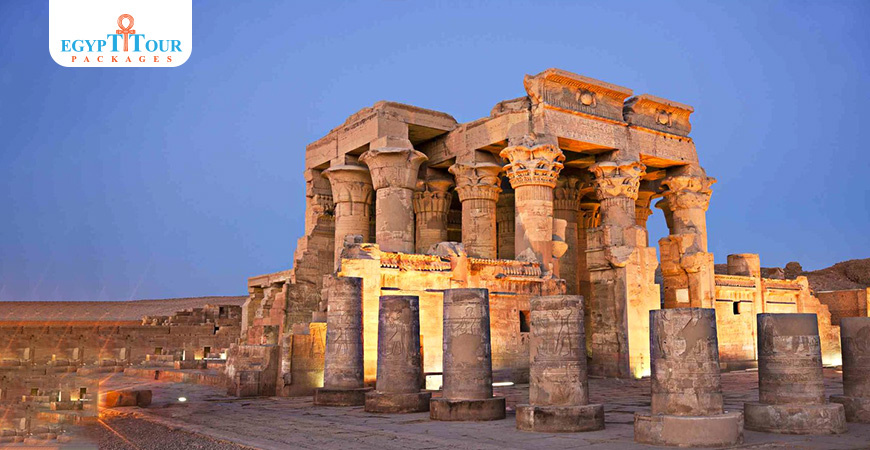





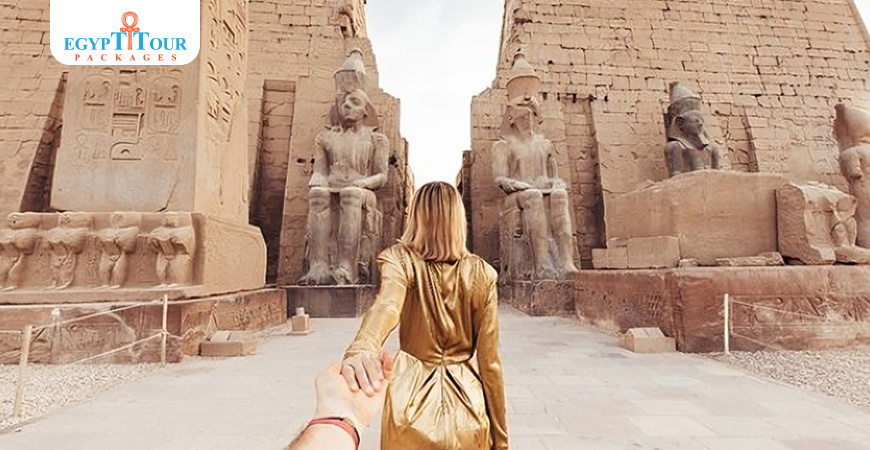
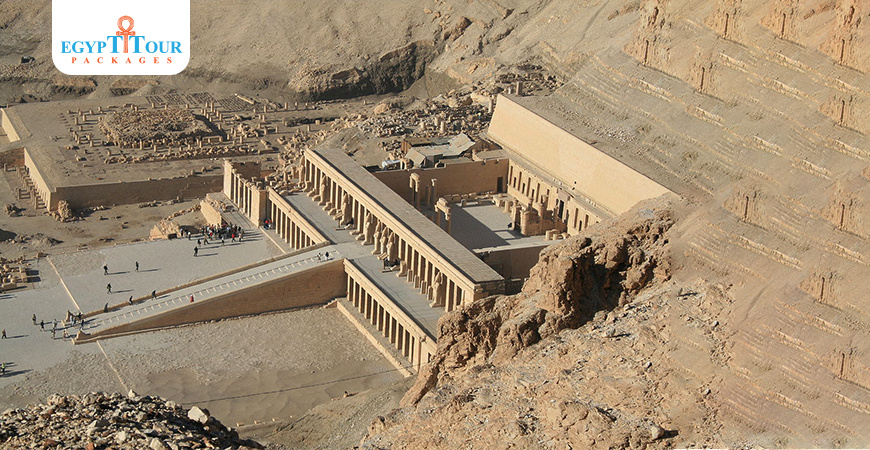
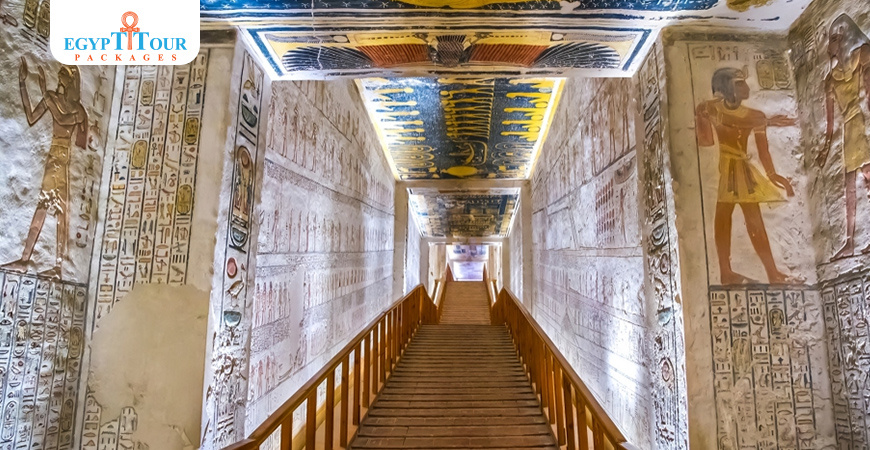
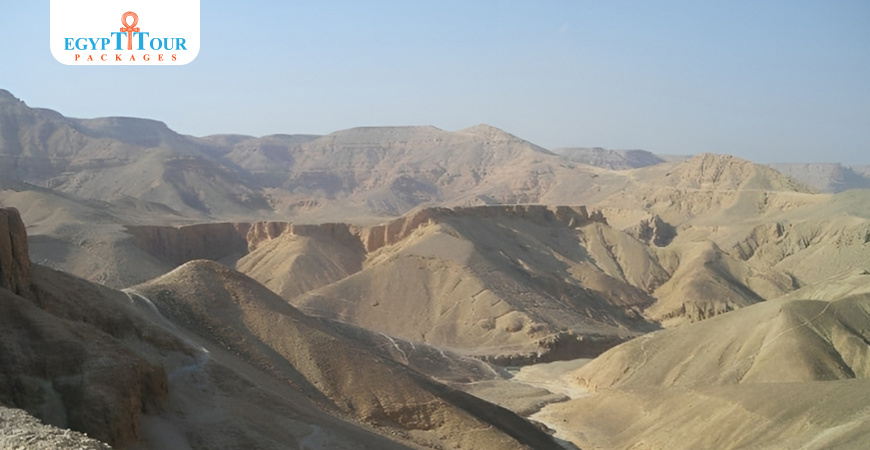
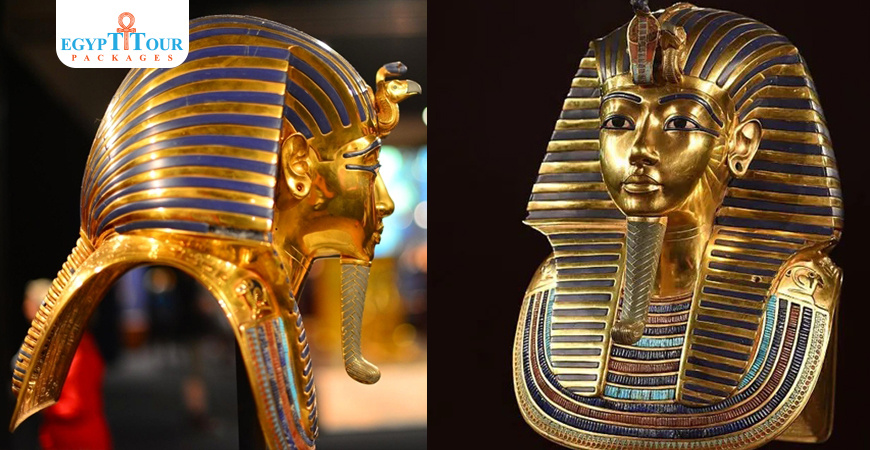
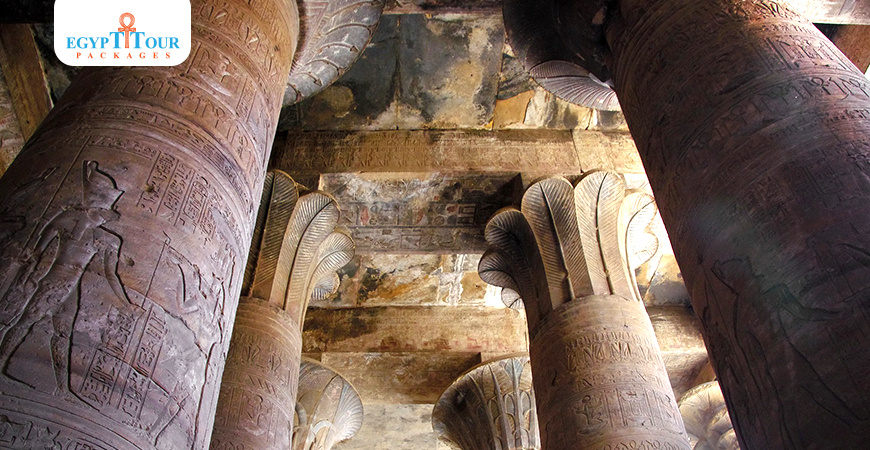
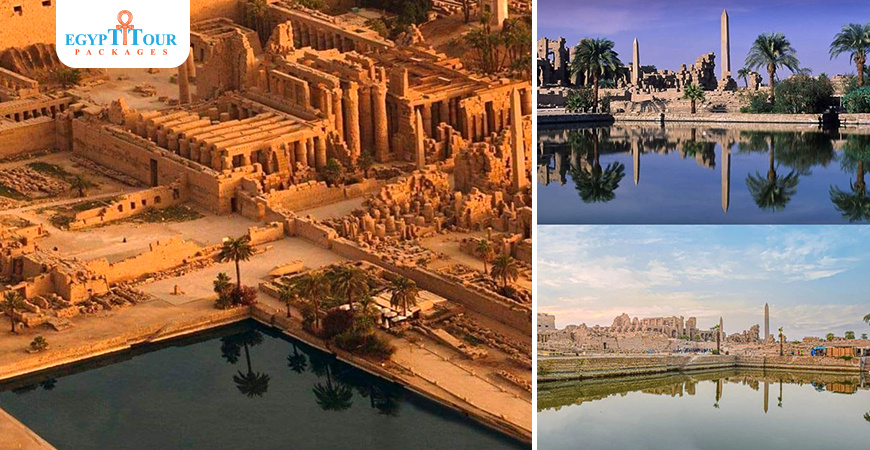
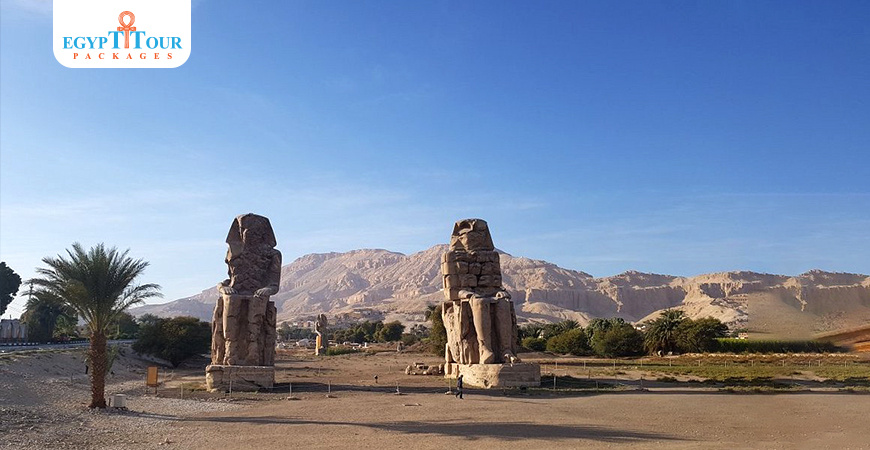
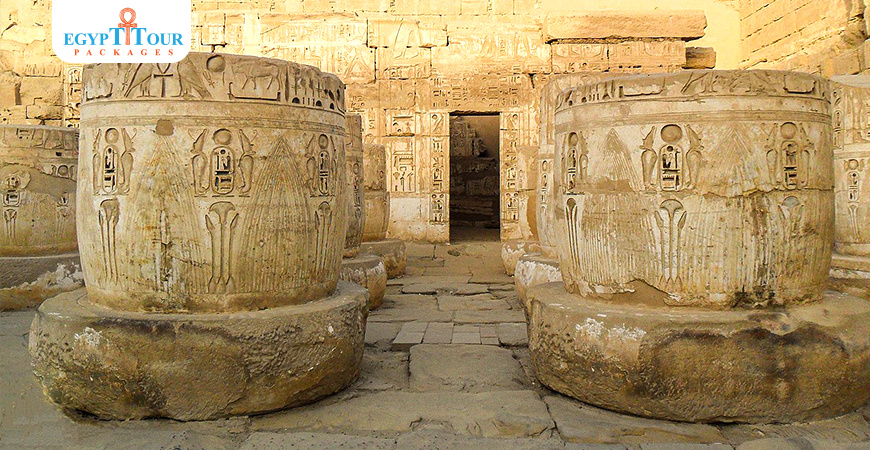
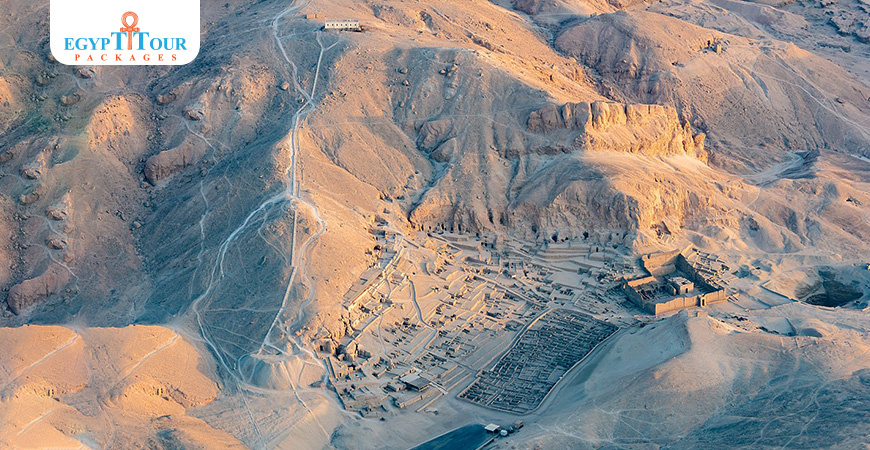
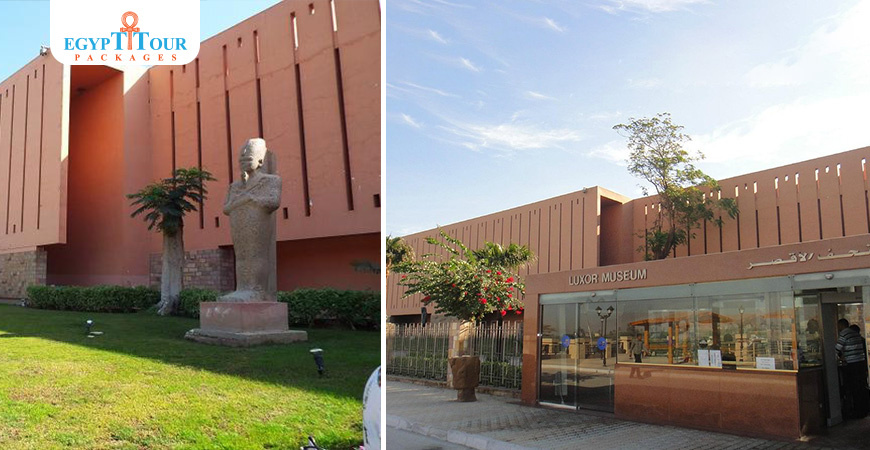
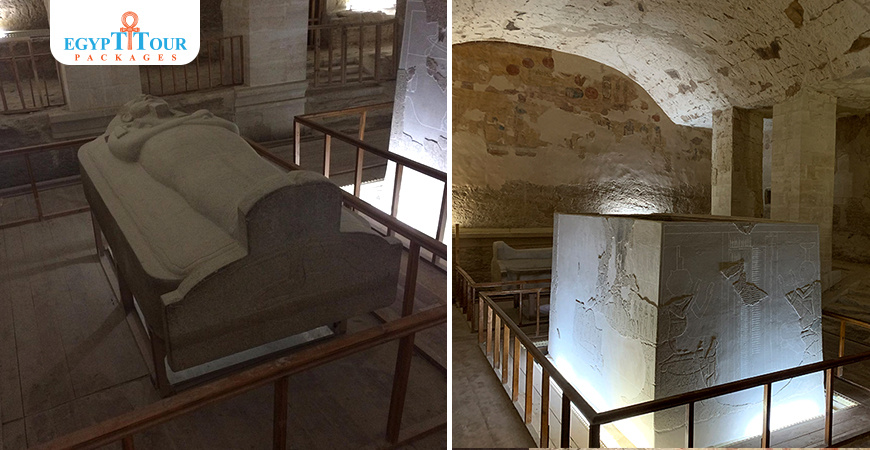

0 Comments